- Home
- Articles
- Architectural Portfolio
- Architectral Presentation
- Inspirational Stories
- Architecture News
- Visualization
- BIM Industry
- Facade Design
- Parametric Design
- Career
- Landscape Architecture
- Construction
- Artificial Intelligence
- Sketching
- Design Softwares
- Diagrams
- Writing
- Architectural Tips
- Sustainability
- Courses
- Concept
- Technology
- History & Heritage
- Future of Architecture
- Guides & How-To
- Art & Culture
- Projects
- Interior Design
- Competitions
- Jobs
- Store
- Tools
- More
- Home
- Articles
- Architectural Portfolio
- Architectral Presentation
- Inspirational Stories
- Architecture News
- Visualization
- BIM Industry
- Facade Design
- Parametric Design
- Career
- Landscape Architecture
- Construction
- Artificial Intelligence
- Sketching
- Design Softwares
- Diagrams
- Writing
- Architectural Tips
- Sustainability
- Courses
- Concept
- Technology
- History & Heritage
- Future of Architecture
- Guides & How-To
- Art & Culture
- Projects
- Interior Design
- Competitions
- Jobs
- Store
- Tools
- More
Signs Your Property Is Ready for a Major HVAC Replacement

Managing a property comes with countless responsibilities, and keeping the heating, ventilation, and air conditioning (HVAC) system in good condition is one of the most critical. Over time, these systems wear down, struggle to keep up with demand, or simply become outdated. A failing HVAC system can quietly drain your resources, affect comfort, and disrupt day-to-day routines. Knowing when to move from minor repairs to a full replacement can help prevent extended downtime and reduce unnecessary expenses. Paying attention to the signs that your property is ready for a major HVAC replacement can make all the difference.
Table of Contents
ToggleRising Energy Costs Without Explanation
A steady increase in monthly energy bills can signal that your HVAC system is losing efficiency. This change often happens gradually and may not stand out until the spike becomes too large to ignore. The internal components of older systems begin to deteriorate, forcing the unit to work harder and longer to achieve the same results. That extra workload consumes more electricity or gas, driving up energy consumption. When energy usage climbs while your property’s size and occupancy remain constant, the culprit is often the HVAC unit. In this situation, a consultation with HVAC contractors can help determine whether your system needs repair or a full replacement. These professionals can run efficiency tests, inspect key components, and recommend solutions that align with your building’s energy profile. Left unchecked, inefficient systems not only burn more fuel but can stress other parts of your infrastructure.

Uneven Heating or Cooling Across Rooms
Temperature differences from room to room usually point to airflow issues or equipment failure. In an efficient HVAC setup, airflow is balanced, and the system maintains consistent temperatures throughout the property. If some areas feel stuffy while others are chilly, it often means the system is no longer distributing air properly.
This issue might stem from failing ductwork, a malfunctioning thermostat, or aging mechanical parts within the unit. Even if repairs have temporarily resolved the problem in the past, recurring temperature imbalances suggest a deeper issue. An outdated system may no longer be able to handle the square footage or layout of the property. Newer HVAC systems offer improved zoning capabilities and more accurate temperature control, which can eliminate these irregularities.
Increased Frequency of Repairs
Every HVAC system will eventually need a tune-up, filter change, or part replacement. That’s a normal part of ownership. But if you find yourself calling for repairs multiple times a year, those expenses start to rival the cost of new equipment. Frequent breakdowns are often a sign that the system is near the end of its usable life.
These recurring issues tend to stack up: faulty motors, leaking refrigerant lines, noisy operation, and inconsistent performance. Each repair might solve one symptom, but the underlying wear and tear continues. A major replacement may seem like a large upfront investment, but it typically pays off in reduced maintenance costs, better performance, and fewer headaches. A reliable system should operate quietly in the background, not disrupt daily operations every few months.
Poor Indoor Air Quality
Air quality inside the building often reflects the condition of the HVAC system. Over time, systems lose the ability to effectively filter out allergens, dust, and pollutants. Occupants may notice more sneezing, headaches, or respiratory discomfort. Lingering odors or visible dust near vents are also signs that the HVAC unit isn’t doing its job.
Older systems lack the filtration technology found in modern equipment. They may circulate stale air or allow moisture buildup, which can create the perfect environment for mold and bacteria. In commercial settings, poor air quality can affect employee health and productivity. In homes, it can lead to persistent allergies or illness. Replacing an outdated system with a new one equipped with advanced filtration can bring noticeable improvements to comfort and well-being throughout the property.

Excessive Noise During Operation
HVAC systems are not designed to be silent, but they shouldn’t be disruptive. Rattling, grinding, banging, or buzzing sounds often indicate that components are loose, worn, or misaligned. Sometimes, strange noises come from the ductwork, especially if it’s old or poorly installed. But more often, the unit itself is beginning to fail.
The internal workings of an HVAC system depend on precise movement and calibration. Over time, vibration, dust buildup, or thermal cycling can lead to mechanical fatigue. Sounds that start as occasional or mild can quickly evolve into loud, disruptive issues that signal a complete breakdown. Replacing a noisy, aging system can restore a quieter, more peaceful environment for building occupants.
Knowing when to replace your HVAC system can save money, reduce stress, and keep your property operating smoothly. With the right replacement, you’re not just installing new equipment; you’re investing in reliability, efficiency, and peace of mind.
illustrarch is your daily dose of architecture. Leading community designed for all lovers of illustration and #drawing.
Submit your architectural projects
Follow these steps for submission your project. Submission FormLatest Posts
The Purpose of a Living Will and Why It Matters
A living will is without a doubt one of the most significant...
How Modern Bridges Balance Aesthetics and Engineering
How modern bridges balance aesthetics and engineering: explore form-driven systems, case studies,...
Exterior & Interior Remodeling Tips Every Homeowner Should Consider
Home upgrades reshape comfort, improve function, and strengthen long-term property value. Whether...
Top 8 Luxury Vacation Rentals Features Guests Love Most
A luxury vacation rental offers an entirely different experience than a typical...



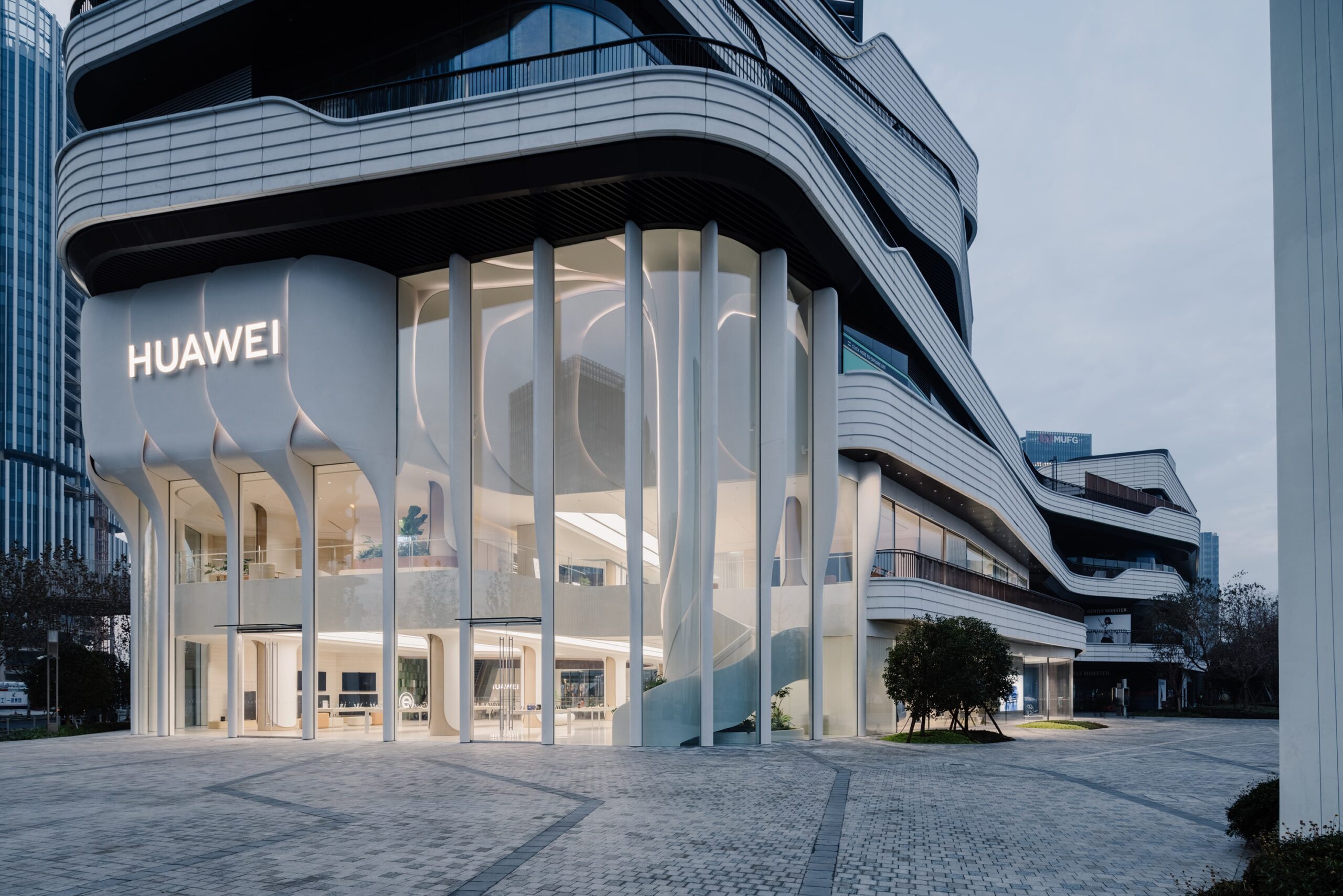
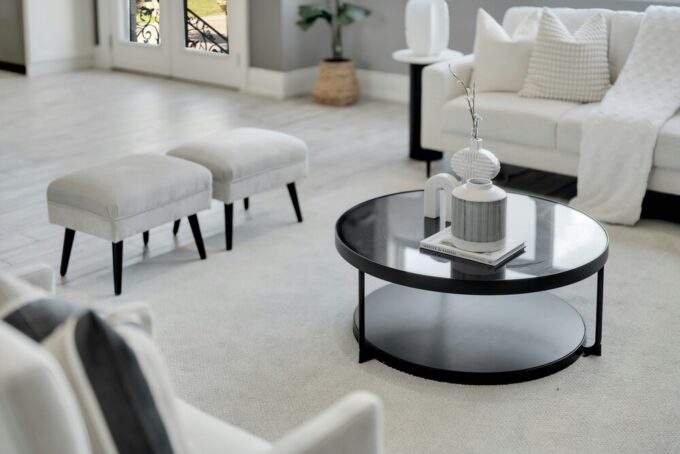


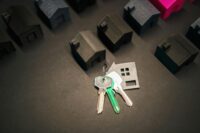

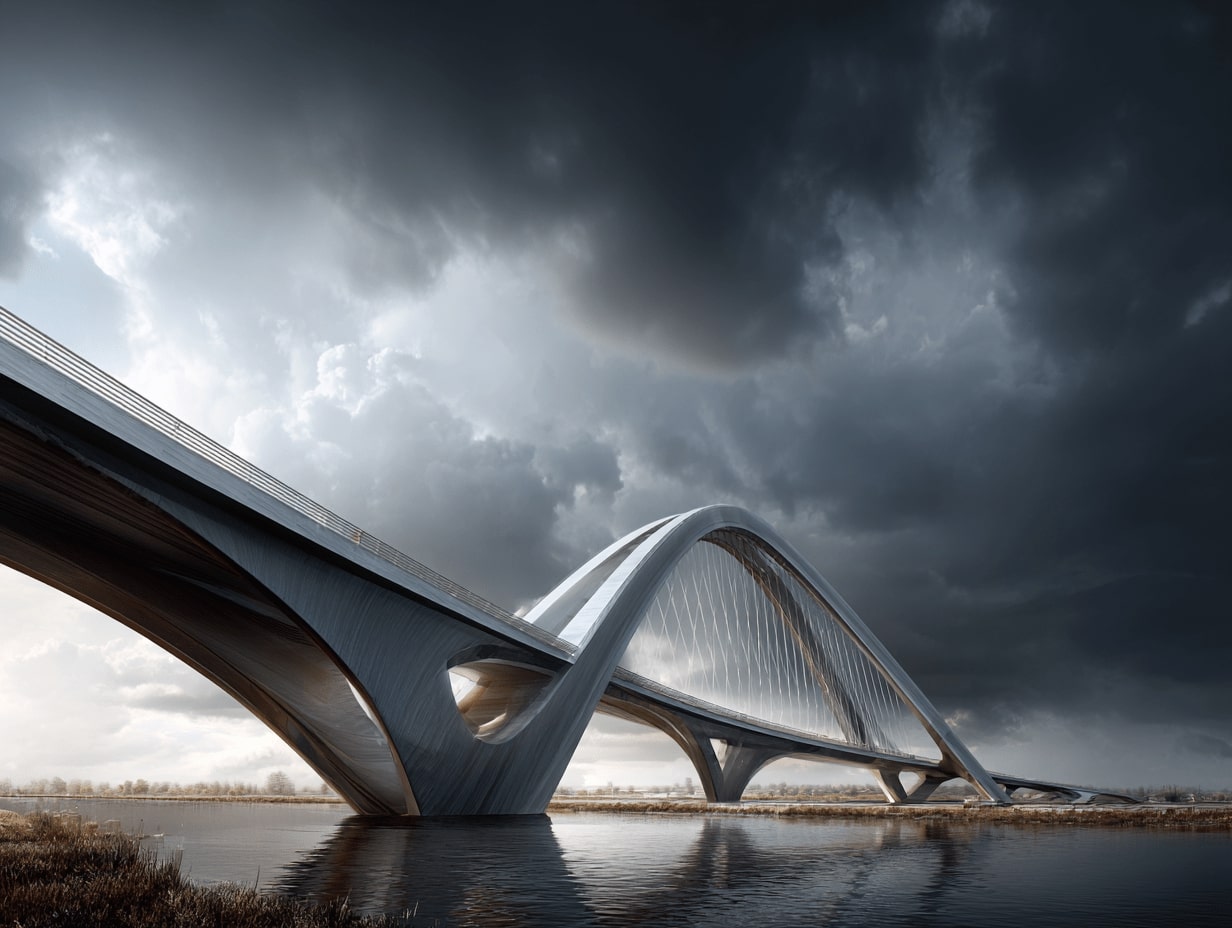
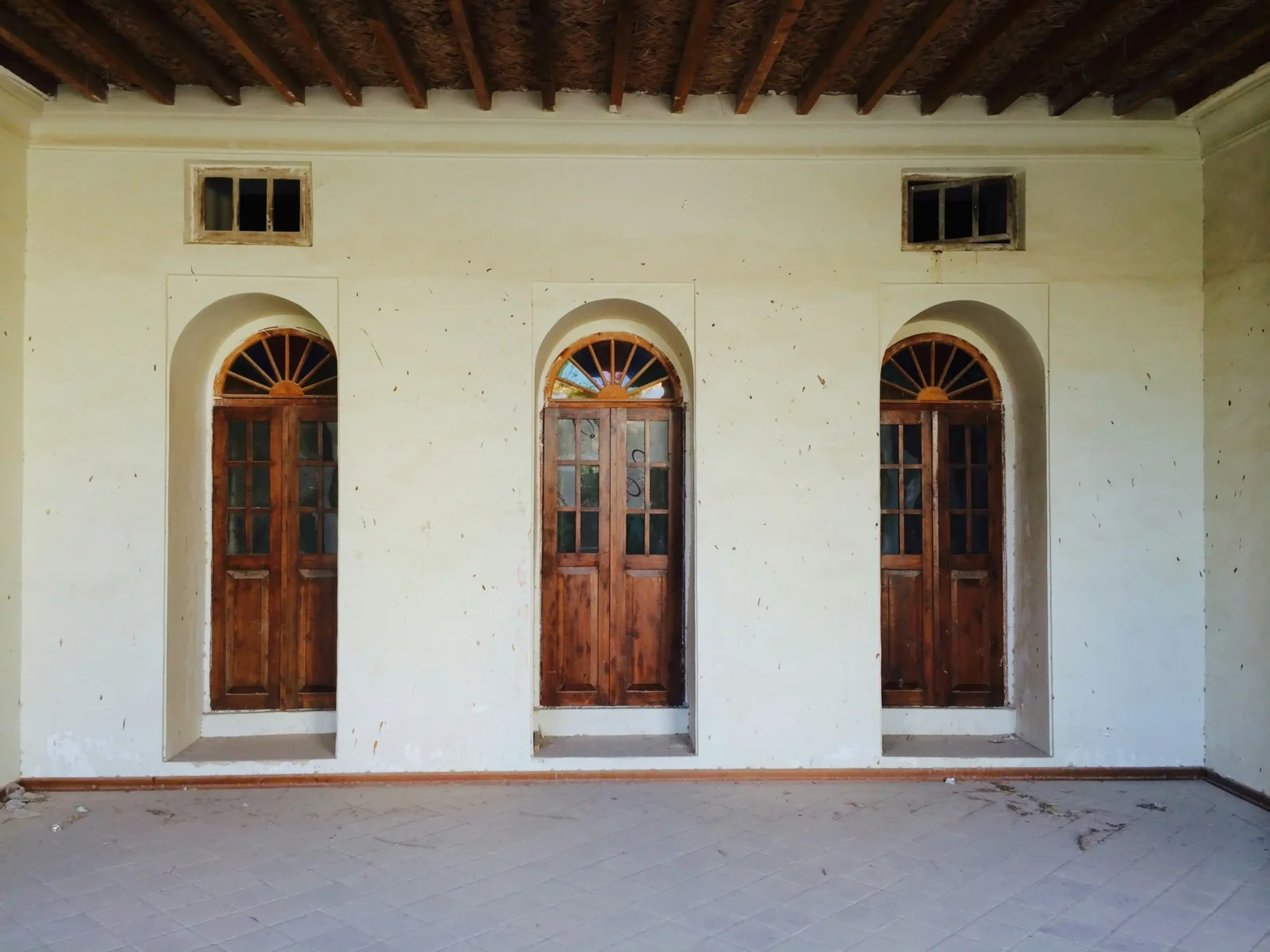

Leave a comment